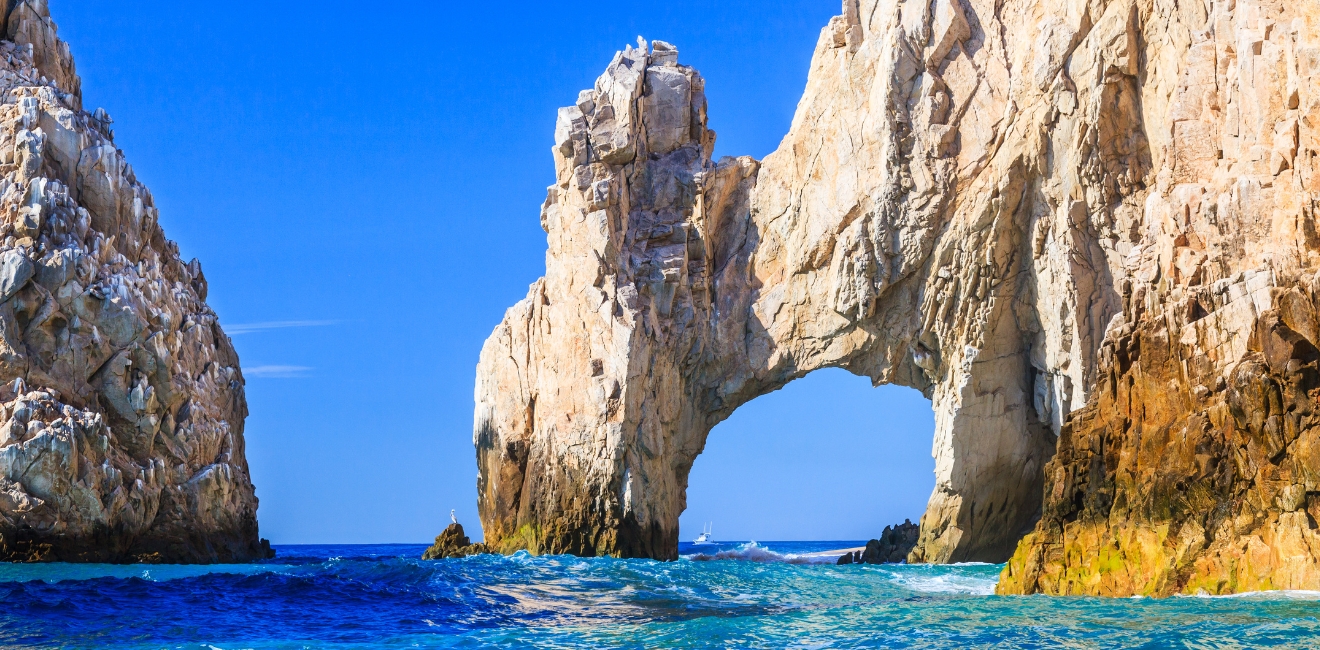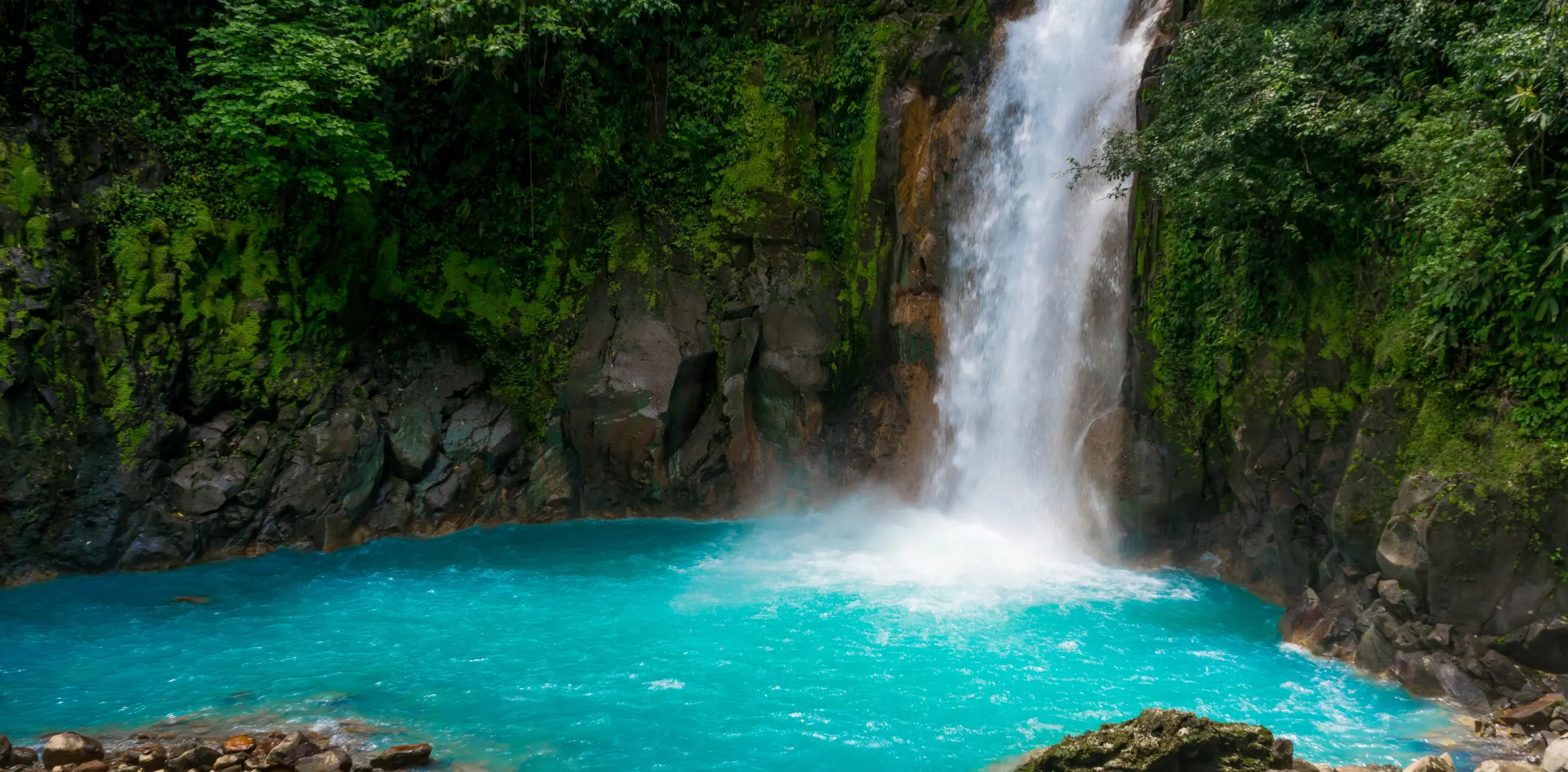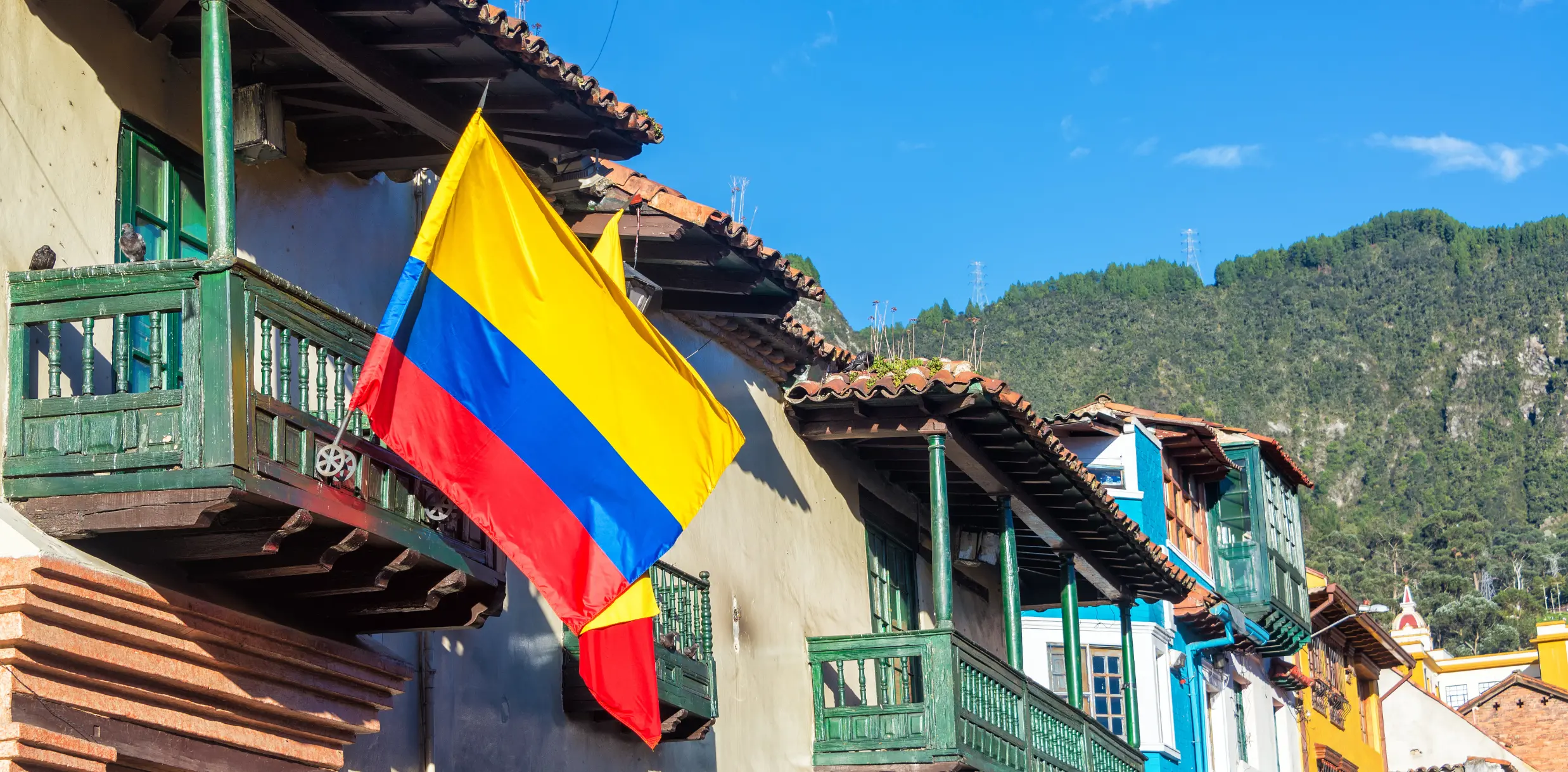If you’re looking to get outside and try something new; especially now, with the travel restrictions and lockdowns brought about by Covid-19, hiking could be just the thing. Hiking is a great low-impact aerobic exercise offering benefits beyond fun and beautiful views. There’s nothing quite like immersing yourself in the great outdoors with an excellent hike. Fresh air? Peace and quiet? Stunning views? Yes, please!!!
Hiking is just about getting yourself outside and immersing yourself in nature. It can be as simple as a walk through the forest with friends. Hiking along a dirt path helps us feel grounded, refreshed, and fills us with that child-like sense of wonder.
Having said that, without proper planning and packing, even a short day hike could turn into a potentially dangerous outing. No matter how experienced you are or where you’re going, unexpected things can and do happen in a wilderness setting.
Fortunately, there are many ways to minimize your odds of encountering an emergency while hiking and equip you to handle one just in case. The more prepared you are, the more likely you are to have a good time and stay safe. These safety tips are crafted to help you prep smart and trek smart. Make sure to follow them before and during every hike.
1. Consult a park ranger.
When deciding where to hike, your best bet is typically going to be a national or state park. They’re staffed by rangers with a wealth of information about what you need to stay safe in that particular location. Give the park office a call before your hike, visit the official National Park Service (NPS) site, or stop by the office before you leave the trailhead.
2. Bring at least one friend.
Make it a group activity to eliminate the risk of being stranded alone in a dire situation. You and your companions should discuss a few things before you set out, like how strenuous a hike you’re all OK with, your general itinerary, and an emergency plan.
3. Create an itinerary and share it with someone outside of the group.
Draw up a rough plan that all members of your party agree upon well before you leave the trailhead. Share this plan with at least one person not hiking with you. You can also leave this info with the park office. If you don’t return on time, someone will be able to relay this key information to a search party if necessary.
4. Prepare for the weather.
This goes beyond just checking the weather before your hike. Talk to the rangers or consult the park site to find out what inclement weather events are most likely at this time of year and how to stay safe in them.
Even small changes in weather can make your whole hike much riskier because of how they affect the terrain. For example, light rain that breaks out on your way up a peak could make the trip back pretty precarious.
5. Pack the 10 Essentials.
The 10 Essentials is a list of emergency provisions originally created by Pacific Northwest hiking and conservation non-profit the Mountaineers. According to the Mountaineers, the objective of the 10 Essentials is to ensure that you can respond to an emergency and spend at least one night outdoors. It’s a classic reference point in the hiking community for beginners and experts alike.
Here’s NPS’s expanded version of the 10 Essentials:
- First aid kit
- Navigation: map, compass, and GPS
- Sun protection: sunscreen, sunglasses, hat
- Insulation: jacket/raincoat, extra layers
- Illumination: flashlight, lantern, or headlamp
- Fire: matches, lighter, fire starters
- Repair kit: duct tape and multifunctional tool
- Nutrition: at least an extra day’s supply of no-cook, nutritious food
- Hydration: water and/or means of water purification
- Emergency shelter: tent, space blanket, tarp, bivy (as in, emergency shelter for a sleeping bag)
The list is non-exhaustive and adaptable, so keep the circumstances of your hike in mind when assembling your pack.
6. Bring a Map
Of all the hiking safety tips, bringing a map is one of the most important. You should never rely solely on GPS technology, especially with limited service and unreliable battery power. Always pack a map, and if you’re not sure how to read one, take some time to learn beforehand.
7. Stay on the trail.
For the sake of your own safety, the natural resources, other hikers, and a potential search party, it is paramount that you stay on that trail.
8. Pace yourself, start small.
Don’t compare yourself to other hikers, rather hike at your own pace. You’ll build up to a faster speed and higher elevation the more you hike. And after all, you’re hiking to relax and have fun.
Lastly, remember to leave the trail as beautiful as you found it. Whatever you carry in, be sure to carry it out.











Leave a comment: